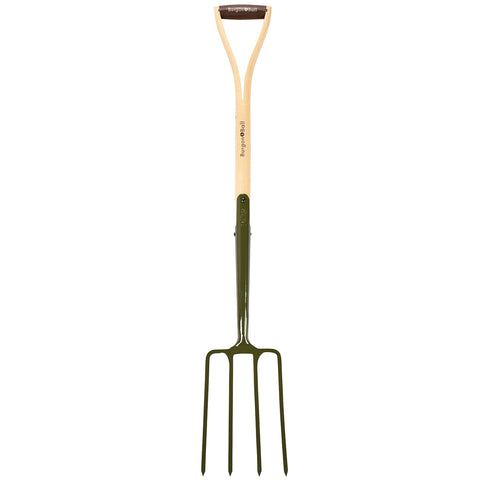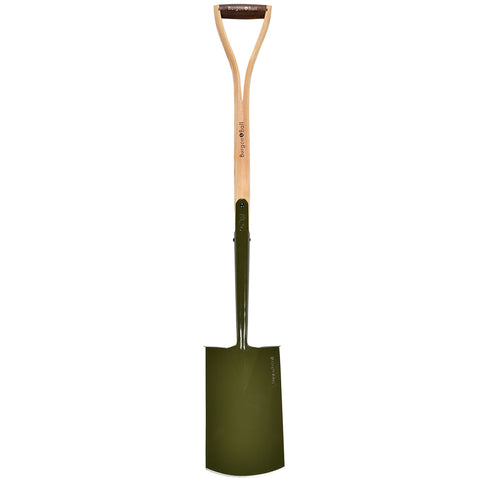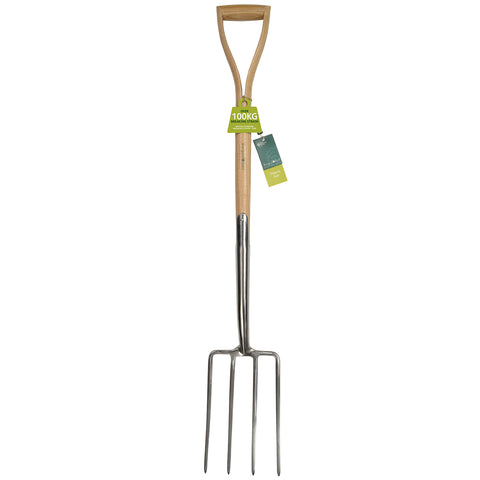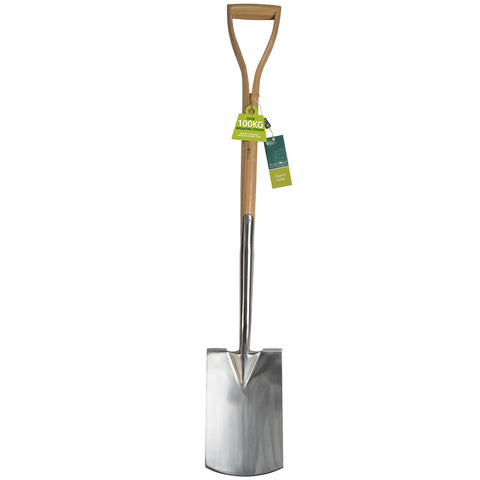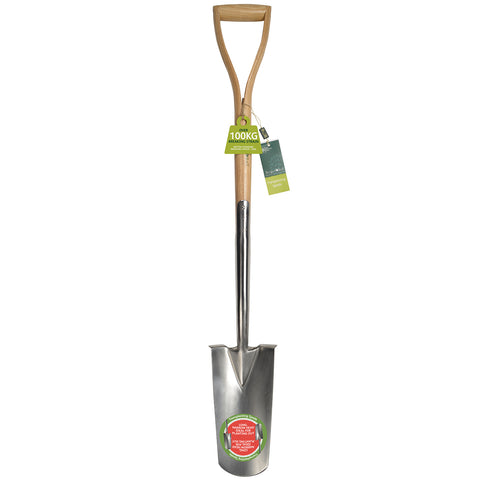
If you thought there’s not much planting to be done in winter, think again! Winter is the ideal time for planting bare-root plants, shrubs and trees.
Generally speaking, November to March is a time when plants are dormant for the winter. Getting plants in the ground during this period means they don’t need to divert essential nutrients and water to maintaining leaves and flowers. Instead the roots can benefit from 100 per cent of the resources available, which means the plant has the opportunity to grow strong and resilient root systems. It can get well-established in its new home before the conditions are right for above-ground growth.
What does ‘bare-root’ mean?
In a nutshell, bare-root plants are sold without compost or pots – their roots are bare. Bare-root plants are plants which have been grown in the ground, often for some years, before being dug up to be sold. It must be said that sometimes they can look a little unspectacular when you receive them. Often pruned quite hard, showing few signs of life, and with bare roots exposed, they give little indication of the health and vigour held within.

So what are the benefits of choosing a bare-root plant?
There are lots reasons why gardeners plump for bare-root plants:
- Wide variety of choice. Many specialist nurseries and growers sell bare-root plants, often by mail order, so if there’s a particular variety you’ve set your heart on, bare-root is often the best way to get it.
- Strong root growth. Container-grown plants can sometimes have a tendency to confine their roots to the compost in which they were grown, even after the pot is removed and the plant is in the ground. If the container compost is nutrient-rich, and the surrounding ground less so, the plant won’t grow roots to explore its surroundings. Bare-root plants, on the other hand, don’t have that luxury. Supplied without compost, they have to put on strong root growth and explore the surrounding soil – and fast! As a result, they generally thrive in their new home.
- Cheaper than potted plants. Being light and easier to transport, they are generally significantly cheaper than container-grown plants – the difference on some plants can be as much as 50%. So you can buy more plants! As if we needed an excuse…
- Easy to handle and plant. As there’s less weight to lift and no branches, stems or leaves to manhandle to the right angle, bare-root plants are much easier to plant.
- A sustainable option. Bare-root plants offer good eco credentials on several fronts. Their packaging is often plastic-free, and there’s no plastic pot adding to the plastic already in your garden. They’re also much lighter in weight, so it takes less space and less fuel to transport them to you, the gardener.
- Mature, healthy plants. Bare-root plants have often been nurtured for some years by experts, and as a result they are well-established, hardy and healthy, making them excellent garden plants.

So what kinds of bare-root plants are available?
Just about anything! Popular choices for planting bare-root in winter include:
- Trees, both fruiting and ornamental
- Roses, for a huge variety of choice
- Shrubs, including box and yew for topiary
- Hedges, at their best planted bare-root in winter
- Perennials, a slightly more unusual option, as we’re so used to seeing them sold in pots
- Fruit bushes and canes, for great choice and heritage varieties

What do I do with my bare-root plant when it arrives?
Plant it, as soon as you can! Bare-root plants should ideally be planted within a day or two. If planting needs to be delayed by several days, perhaps until the weekend, then check the packaging is damp, leave the plant in its packaging and store it in a cool place like a garage or perhaps a shed – but there must be no risk of frost.
Heeling in
If the delay will be longer than a few days, you could ‘heel-in’ the plant. Perhaps the ground is frozen or waterlogged, and it looks like it might be a few weeks before the plant can be properly planted. Heeling-in is about getting the plant in the ground so it can survive without too much TLC until you’re ready to give it the attention it deserves.
To heel a plant in, dig a trench deep enough to easily hold the roots (or a hole, if you just have one or two plants), pop in the plants, which is usually done at a 45 degree angle. This rakish slant helps remind to you return to the plant and plant it properly, when conditions allow. Then simply cover the roots over with soil again, firm it down and water well. A plant can stay heeled in for several months if necessary, but the clock is ticking – remember that it needs to be in its forever home by March, when it will start growing.
Give bare-root plants a go this winter, and enjoy great choice, healthy plants and straightforward planting, ready for beautiful new growth in months to come.
o0o
With thank to David Austin Roses for kindly providing some of the images used in this article.
With thanks to Fullbrook Nursery, a supplier to the landscaping and horticultural trade, for kindly providing some of the images used in this article.


